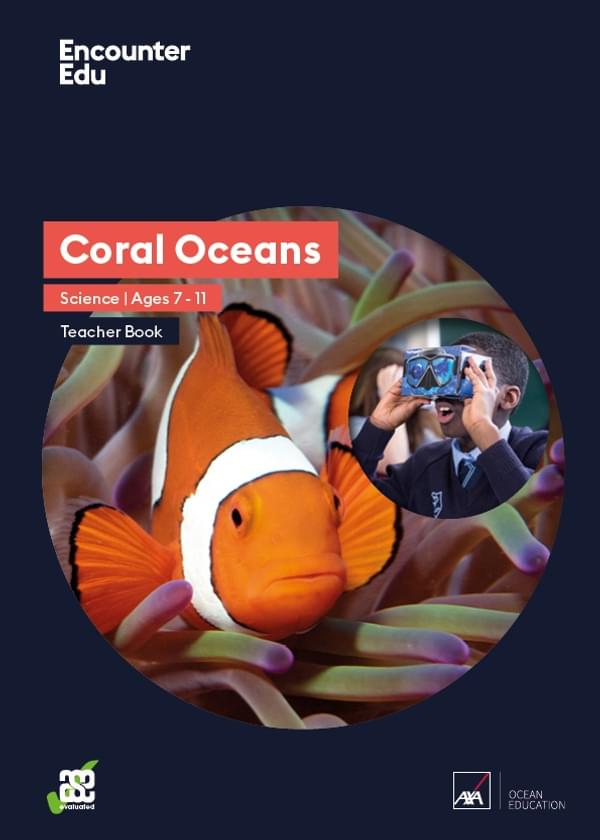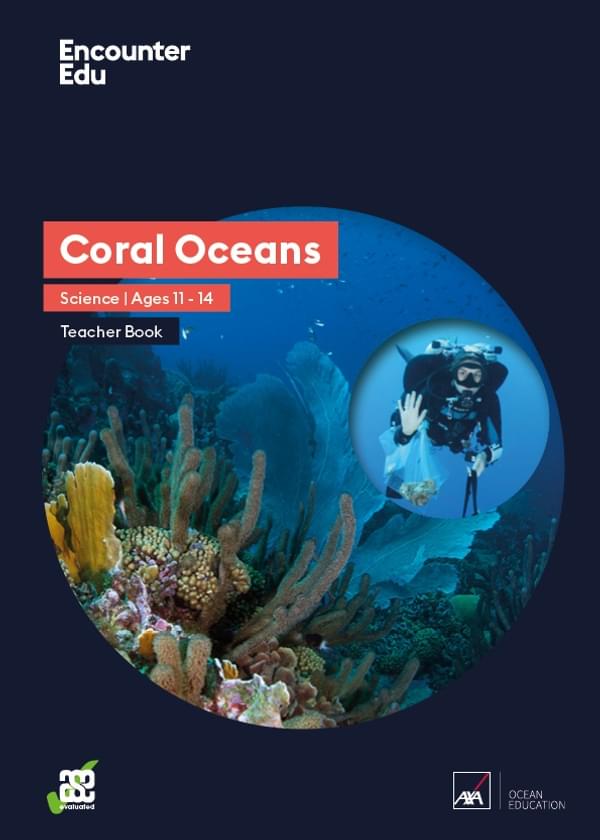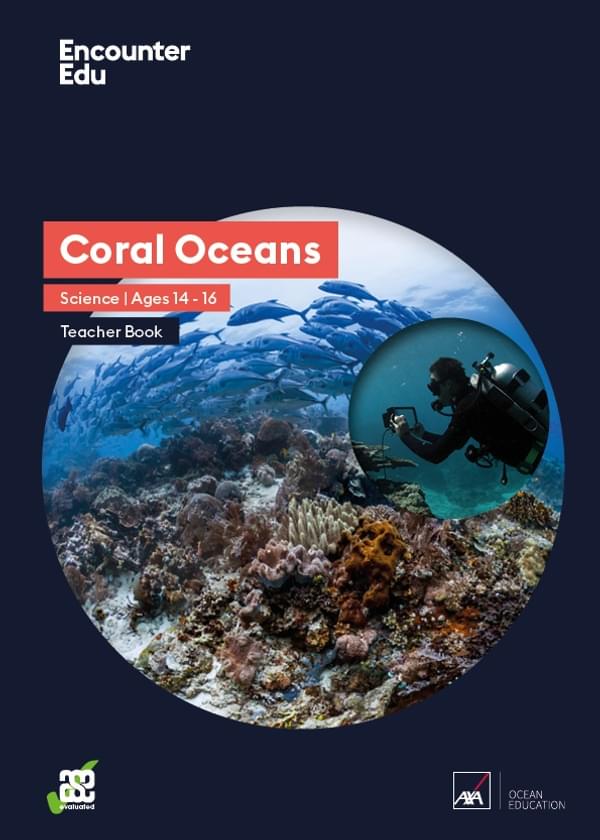Cloudy waters
In this activity, you will make and use a Secchi disk to test the transparency of two water samples, and will be asked to consider how transparency could affect corals.
Ages 9+
25 minutes
Part of:
AXA Ocean EducationThe Secchi disk was created in 1865 by an Italian priest and scientist, Pietro Angelo Secchi, to measure water turbidity (water cloudiness) in oceans, lakes and ponds. Traditionally, plain white Secchi disks are used for ocean work, and black and white for inland waters.
Activity steps - making the Secchi disk
- Draw a circle (c. 20cm across) on the plastic lid and cut around the line, so that you have a plain disk,
- Draw a cross on the topside of your disk and fill in two quarters, to match the pattern shown in the video.
- Cut a slot in the middle of the disk and push a ruler or marked stick through it, taping or sticking it in place.
Activity steps - measuring turbidity
- Fill the bucket or rubbish bin with water.
- Add one spoonful of soil to the bucket and stir in, making sure that the soil is suspended in the water, rather than sitting at the bottom.
- Place the Secchi disk in the bucket and measure the depth at which you can no longer see the disk. It may be that you can touch the bottom of the bucket and still see the disk.
- Make a note of this depth. Write 'bottom' if you can still see the disk if it touches the bottom.
- Repeat this process, adding a total of 10 spoonfuls of soil, making a note of the visible depth of the disk for each spoonful added.
Reflection
- How does the amount of soil affect turbidity?
- How might increased turbidity affect coral? Why do you think this might be the case?
Safety guidance
- Use child-safe scissors and consider adult guidance for the cutting activity.
- Be careful with slips and trips when moving large amounts of water.
- This activity is best suited to being conducted outside.
Brought you by

Celebrating


Science | Ages 7-11
Coral Oceans
These resources for ages 7-11 are based on the journeys undertaken by science teams taking part in the XL Catlin Seaview Survey expeditions. These resources present a complete scheme of work for the science classroom, covering core science and sustainability curriculum areas as well as enhancing students' creative and communications skills.

Science | Ages 11-14
Coral Oceans
These resources for ages 11-14 are based on the journeys undertaken by science teams taking part in the XL Catlin Seaview Survey expeditions. Starting with the Great Barrier Reef in 2012, these expeditions seek to create a baseline survey of the world's reefs as well as more in-depth research on the deep reef lying between 30m and 100m.

Science | Ages 14-16
Coral Oceans
This Coral Oceans GCSE Science unit of work challenges students to think about the impact they have on coral reefs as they study their importance, the consequences of threats and how to protect them. The cumulative approach to this unit means students will develop skills throughout to complete a decision-making exercise in the last lesson.